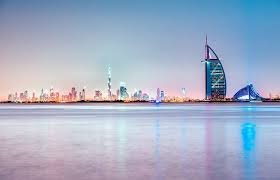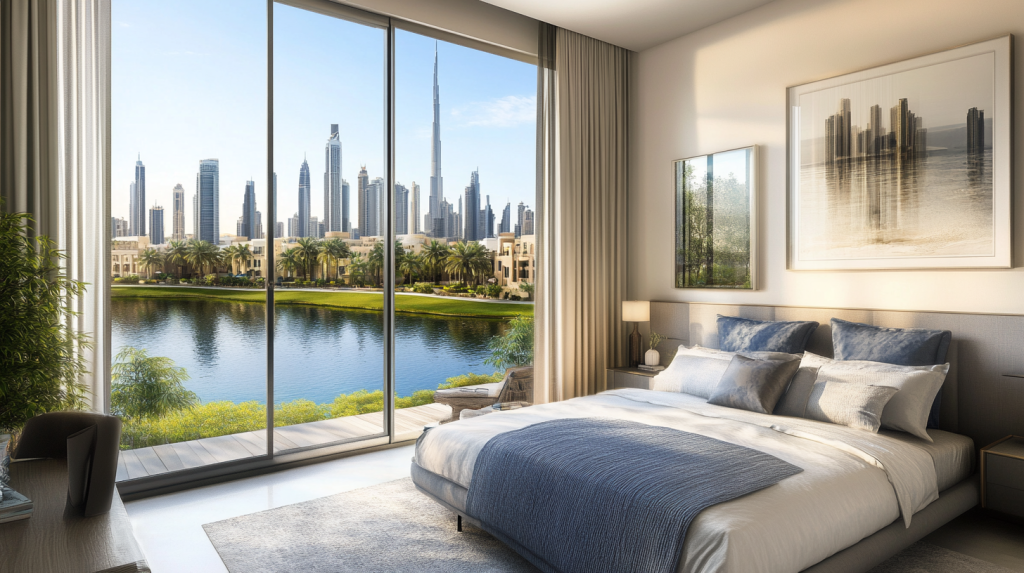Now Reading: Will Dubai Real Estate Crash in 2026? Experts Weigh In
-
01
Will Dubai Real Estate Crash in 2026? Experts Weigh In
Will Dubai Real Estate Crash in 2026? Experts Weigh In

Table of Contents
Dubai’s real estate market has been a topic of global attention, attracting investors, end-users, and developers alike. With its rapid growth and record-breaking sales over the past few years, questions about market sustainability are inevitable. The million-dollar question on everyone’s mind is: will Dubai real estate crash in 2026?
Based on the latest trends, data, and expert opinions, this article delves deep into the market outlook, key drivers, potential risks, and what investors should consider in the coming years.
Dubai Real Estate Market Overview
Dubai’s property market has experienced significant growth, particularly from 2021 onwards. Post-pandemic recovery, increased foreign investment, and government initiatives have propelled both off-plan and ready properties into the spotlight.
Residential transactions have surged, with off-plan properties leading the value charts. Villas and townhouses have shown particularly strong performance, while apartment prices remain stable but with steady appreciation. Rental growth, although slower than in 2023, continues to provide healthy returns.
The market is dynamic, with strong demand from both investors and end-users. Population inflows, tourism recovery, and strategic government policies are major factors keeping Dubai attractive as a real estate hub.
Key Market Drivers
Several factors influence Dubai’s real estate performance:
1. Population Growth and Demographics
Dubai continues to attract a mix of expatriates, business professionals, and high-net-worth individuals. The city’s appeal as a global business hub and lifestyle destination ensures a steady demand for housing across all segments.
2. Tourism and International Investment
Dubai welcomed millions of international visitors annually, contributing to short-term rental demand and premium property sales. High-end hotels, serviced apartments, and luxury developments benefit from this inflow.
3. Off-Plan vs. Ready Properties
Off-plan properties remain popular due to flexible payment plans and potential capital gains. Ready properties appeal to investors looking for immediate rental income. Each segment serves different buyer objectives, and choosing the right strategy is critical for maximizing returns.
4. Government Policies and Market Transparency
Initiatives such as the Smart Rental Index and clear regulatory frameworks have improved market transparency. Policies protecting tenants and landlords alike create confidence for long-term investments.

Price and Rent Trends
After a strong surge in 2023, Dubai’s residential prices have shown moderated growth. Villas lead price appreciation, while apartments maintain stable growth. Rental increases have slowed but remain positive, reflecting sustained tenant demand.
Key highlights:
- Villa prices up around 16% YoY
- Apartment prices up around 13% YoY
- Residential rents up 7–8% YoY
While growth is slower than previous years, the trajectory suggests resilience rather than a sharp correction.
Supply and New Developments
The supply pipeline is expanding but remains carefully staged.
- 2025 expected deliveries: ~44,000 units
- 2026 expected deliveries: ~68,000 units
- Total projected units through 2029: ~300,000 units
Staggered delivery prevents oversupply, and demand is expected to absorb new inventory steadily. Key areas include JVC, MBR City, Dubailand, Business Bay, and Arjan, which remain strong investment hotspots.
Commercial and Logistics Sector
Dubai’s office and logistics sectors continue to perform well:
- Office occupancy remains high, especially in Grade-A and CBD locations
- Industrial and warehouse demand grows due to e-commerce expansion
- Leasing rates and rents for commercial properties rise steadily
A strong commercial sector indirectly supports residential demand, as business growth attracts professionals needing housing.
Tourism and Capital Inflows
Tourism recovery continues to boost short-term rental demand and luxury property sales. The city is also seeing a net inflow of high-net-worth individuals, supporting prime residential demand. Waterfront developments and branded residences are particularly attractive for investors seeking both lifestyle and capital appreciation.
Investment Strategies for 2026
1. Location Matters
Micro-markets with strong amenities, infrastructure, and connectivity deliver better long-term returns. Prime areas like Palm Jumeirah, Dubai Marina, MBR City, and Business Bay are resilient during market fluctuations.
2. Payment Plans and Exit Timing
Investors should carefully consider down-payment schedules, post-handover payment plans, and potential exit windows. Timing purchases around handovers and interest rate cycles can improve internal rate of return (IRR).
3. Off-Plan vs Ready
- Off-plan: Best for capital appreciation and phased investment
- Ready: Best for immediate rental returns and lower handover risk
4. Asset Quality
Higher-quality properties in prime locations hold value even during market slowdowns. Investing in reputable developers reduces risk and improves resale prospects.

Risks and Scenarios
While a full-scale crash is unlikely, there are potential risk scenarios:
- Base Case: Soft landing with modest price growth and steady absorption
- Bull Case: High HNWI inflows and limited prime supply drive stronger appreciation
- Bear Case: External shocks, such as geopolitical tensions or interest rate hikes, may temporarily affect some micro-markets
Even in less favorable conditions, well-located and high-quality assets tend to remain resilient.
FAQs About Dubai Real Estate in 2026
Will there be a crash?
A broad crash appears unlikely. The market is supported by diverse demand and strong policy measures.
Have rents peaked?
Rent growth has slowed but remains positive. Policies like the Smart Rental Index ensure stability.
Which properties are safest to invest in?
Prime villas, townhouses, and waterfront apartments in established micro-markets offer better resilience.
Off-plan or ready?
Your choice depends on investment goals. Off-plan spreads cash outlay and can capture early gains, while ready properties provide immediate rental income.
Conclusion
Dubai’s real estate market is poised for a steady, measured trajectory in 2026 rather than a crash. With controlled supply, strong demand, and supportive government policies, investors can remain confident, provided they choose the right locations, property types, and payment strategies.
Understanding market cycles, micro-market dynamics, and asset quality is key to navigating potential risks and capitalizing on opportunities. For both end-users and investors, Dubai continues to offer a compelling real estate landscape, even as global and local conditions evolve.
In short, 2026 is likely to be a year of steady growth, smart investments, and strategic opportunities rather than fear of a crash.
Do Follow Estate on Instagram.
Dar Global Begins Handover of Pagani-Branded Residences in Dubai

















